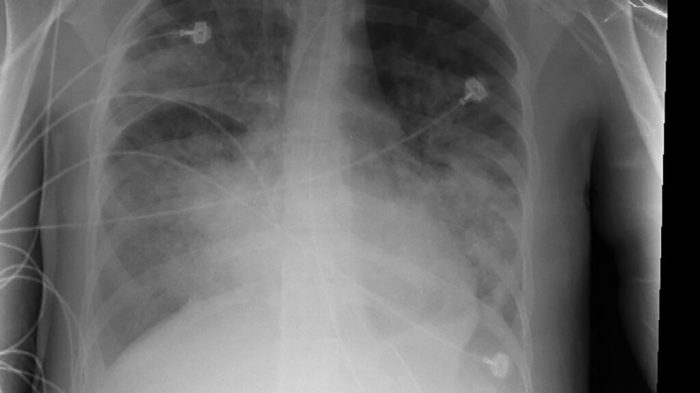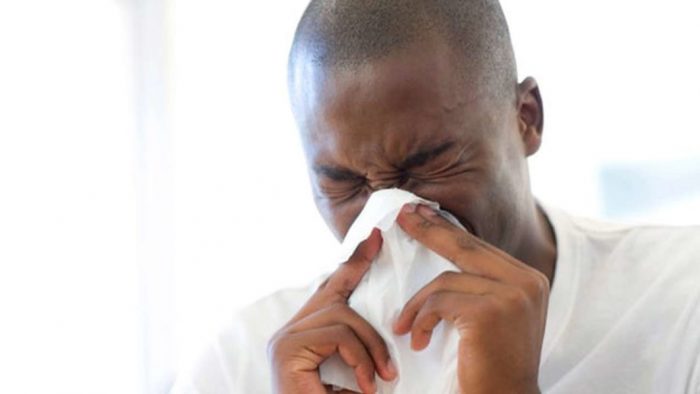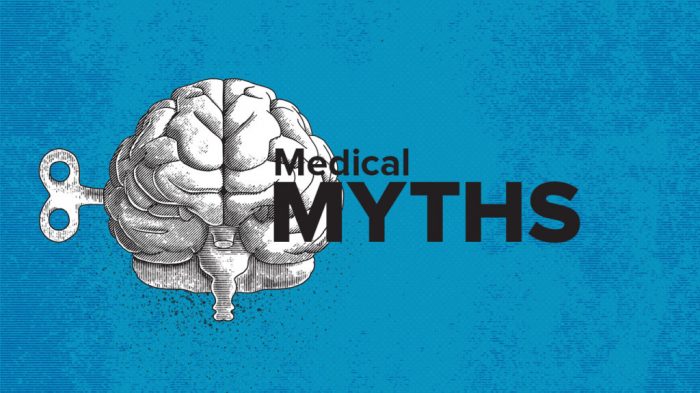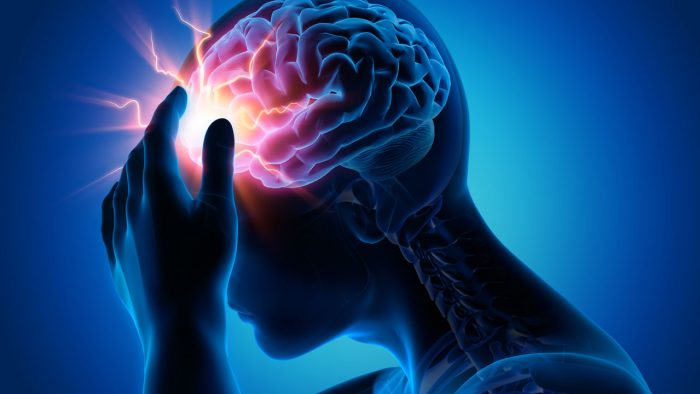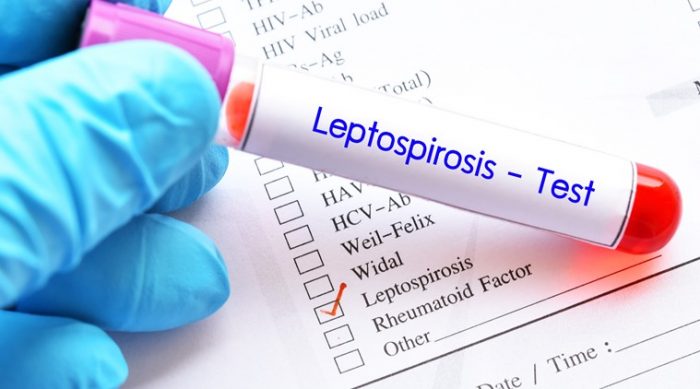In this Special Feature, we hack into some of the myths that surround sleep duration. Among other questions, we ask whether anyone can truly get by on 5 hours of sleep each night. We also uncover whether sleep deprivation can be fatal.
Although we all know sleep is vital to maintain good health, there are still many unanswered questions. And, over the millennia, a variety of myths and half-truths have developed and stuck.
This feature is the second and final part of our series that tackles sleep-related myths. Find the first part here.
This time, we focus on myths that surround how much sleep the average person needs. We also discuss naps, the effects of sleeping too little or too long, and sleep in the animal kingdom.
1. Everyone needs 8 hours
As with many aspects of human biology, there is no one-size-fits-all approach to sleep. Overall, research suggests that for healthy young adults and adults with normal sleep, 7–9 hours is an appropriate amount.
The story gets a little more complicated, though. The amount of sleep we need each day varies throughout our lives:
- newborns need 14–17 hours
- infants need 12–15 hours
- toddlers need 11–14 hours
- preschoolers need 10–13 hours
- school-aged children need 9–11 hours
- teenagers need 8–10 hours
- adults need 7–9 hours
- older adults need 7–8 hours
You can train your body to need less sleep
There is a widely shared rumor that you can train your body to need fewer than 7–9 hours’ sleep. Sadly, this is a myth.
According to experts, it is rare for anyone to need fewer than 6 hours’ sleep to function. Although some people might claim to feel fine with limited sleep, scientists think it is more likely that they are used to the negative effects of reduced sleep.
People who sleep for 6 hours or fewer each night become accustomed to the effects of sleep deprivation, but this does not mean that their body needs any less sleep. Cynthia LaJambe, a sleep expert at the Pennsylvania Transportation Institute in Wingate, explains:
“Some people think they are adapting to being awake more, but are actually performing at a lower level. They don’t realize it because the functional decline happens so gradually.”
“In the end, there is no denying the effects of sleep deprivation. And training the body to sleep less is not a viable option.” – Cynthia LaJambe
However, it is worth noting that some rare individuals do seem to function fine with fewer than 6.5 hours’ sleep each night. There is evidence that this might be due to a rare genetic mutation, so it is probably not something that someone can train themselves to achieve.
2. Daytime naps are unhealthy
Generally, experts recommend people avoid naps to ensure a better night’s sleep. However, if someone has missed out on sleep during previous nights, a tactical nap can help repay some of the accrued sleep debt.
Around 20 minutes is a good nap length. This gives the body ample time to recharge. People who sleep much longer than this could mean they descend into a deep sleep, and once awake, they feel groggy.
Daytime napping is relatively common in the United States, but taking a “siesta” is the norm in some countries. Naturally, our bodies tend to dip in energy during the early afternoon, so perhaps napping around that time is more natural than avoiding sleep until nighttime.
After all, the vast majority of mammals are polyphasic sleepers, which means they sleep for short periods throughout the day.
In a large review of the effects of napping, the authors explain afternoon naps in people who are not sleep deprived can lead to “subjective and behavioral improvements” and improvements in “mood and subjective levels of sleepiness and fatigue.” They found people who nap experience improved performance in tasks, such as “addition, logical reasoning, reaction time, and symbol recognition.”
Not all naps are equal, however. There is a great deal of variation, such as the time of day, duration, and frequency of naps. One author explains:
“Epidemiological studies suggest a decrease in the risk of cardiovascular and cognitive dysfunction by the practice of taking short naps several times a week.”
The author also acknowledges that much more research is needed to understand how factors associated with napping influence health outcomes. Medical News Today recently examined the relationship between napping and cardiovascular disease in a Special Feature.
It is also important to note if an individual experiences severe tiredness during the day, this might be a sign of a sleep disorder, such as sleep apnea.
Scientists will need to conduct more research before they can finally put all the napping myths and mysteries to bed.
3. All animals sleep
Because humans sleep, and our companion animals appear to sleep, many people assume all animals do the same. This is not true. The authors of a paper entitled “Do all animals sleep?” explain:
“Some animals never exhibit a state that meets the behavioral definition of sleep. Others suspend or greatly reduce ‘sleep’ behavior for many weeks during the postpartum period or during seasonal migrations without any consequent ‘sleep debt.’”
They also explain that some marine animals, reptiles, fish, and insects do not appear to enter REM sleep.
Because sleep is not simply a lack of consciousness, but a rhythmic cycle of distinct neural patterns, it is a challenge to distinguish whether an animal sleeps or takes a rest.
“[F]ewer than 50 of the nearly 60,000 vertebrate species have been tested for all of the criteria that define sleep,” the authors explain. “Of those, some do not meet the criteria for sleep at any time of their lives, and others appear able to greatly reduce or go without sleep for long periods of time.
4. More sleep is always better
Although many people struggle to get the amount of sleep they need to feel refreshed, some regularly sleep longer than their body needs. One might think this could endow these individuals with superpowers.
However, researchers identify a link between longer sleep durations and poorer health. For instance, one study, which followed 276 adults for 6 years, concluded:
“The risk of developing obesity was elevated for short and long duration sleepers, compared to average-duration sleepers, with 27% and 21% increases in risk, respectively.”
This finding held even when the scientists controlled the analysis for age, sex, and baseline body mass index. Sleep duration might also impact mortality, according to some researchers.
A meta-analysis, which appears in the journal Sleep, concludes “Both short and long duration of sleep are significant predictors of death in prospective population studies.”
5. Sleep deprivation can be lethal
There is no record of anyone dying from sleep deprivation. In theory, it may be possible, but as far as scientists can ascertain, it is improbable.
It is understandable why this myth may have taken root, though. Sleep deprivation, as many people can attest, can feel horrendous. However, the case of Randy Gardner demonstrates that extreme sleep deprivation is not fatal.
In 1965, when Gardner was just 16, he was part of a sleep deprivation experiment. In total, he stayed awake for 11 days and 24 minutes, which equates to 264.4 hours.
During this time, he was monitored closely by fellow students and sleep scientists. As the days rolled on, sleep deprivation symptoms worsened, but he survived. So why has this myth persisted?
The belief that sleep deprivation can kill might have its roots in a study from the 1980s. Rechtschaffen and colleagues found if they deprived rats of sleep with a particular experimental method, they would die after 2–3 weeks.
In their experiments, the researchers placed rats on a disc suspended above water. They continuously measured their brain activity. Whenever the animal fell asleep, the disc would automatically move, and the rat would need to act to avoid falling in the water.
Despite the fatalities in Rechtschaffen’s experiments, later research showed this is not the norm. Rats deprived of sleep using different methods do not die. Also, other researchers who used the disc method on pigeons found it was not fatal for these creatures.
Sleep deprivation is not painless for humans, though. Back in 1965, Gardner’s parents were worried about their son. They asked Lieutenant Commander John J. Ross from the U.S. Navy Medical Neuropsychiatric Research Unit in San Diego to observe him. He describes a steady deterioration in function.
For instance, by day 2, Gardner found it more difficult to focus his eyes. By day 4, he struggled to concentrate and became irritable and uncooperative. On day 4, he also reported his first hallucination and delusion of grandeur.
On day 6, Gardner’s speech became slower, and by day 7, he was slurring as his memory worsened. Paranoia kicked in during day 10, and on day 11, his facial expression and tone of voice became expressionless. Both his attention and memory span were significantly diminished.
However, he did not die and apparently, did not experience any long-term health issues.
Another reason why the myth that sleep deprivation can be fatal persists might be due to a condition called fatal familial insomnia. People with this rare genetic disorder become unable to sleep. However, when individuals with this disease die, it is due to the accompanying neurodegeneration rather than lack of sleep.
Although sleep deprivation will probably not kill you directly, it is worth adding a note of caution: being overtired does increase the risk of accidents. According to the National Highway Traffic Safety Administration, “Drowsy driving kills — it claimed 795 lives in 2017.”
Similarly, a review published in 2013 concludes, “[a]pproximately 13% of work injuries could be attributed to sleep problems.” So, although sleep deprivation is not deadly in a direct sense, it can have fatal consequences.
Additionally, if we consistently deprive our bodies of sleep for months or years, it increases the risk of developing several conditions, including cardiovascular disease, hypertension, obesity, type 2 diabetes, and some forms of cancer.
The takehome
Overall, we should try and aim for 7–9 hours’ sleep every night. It sounds simple, but in our neon-lit, bustling, and noisy lives, it is more challenging than we might like. All we can do is keep making an effort to give sleep the space that it needs.
It is only through persistent research that we will eventually decode all the mysteries of sleep. If you are interested in reading more about the myths associated with sleep, part one of this series can be found here.
Finally, if you find it difficult to get the sleep you need, here is a link to an MNT article with tips for better sleeping.

